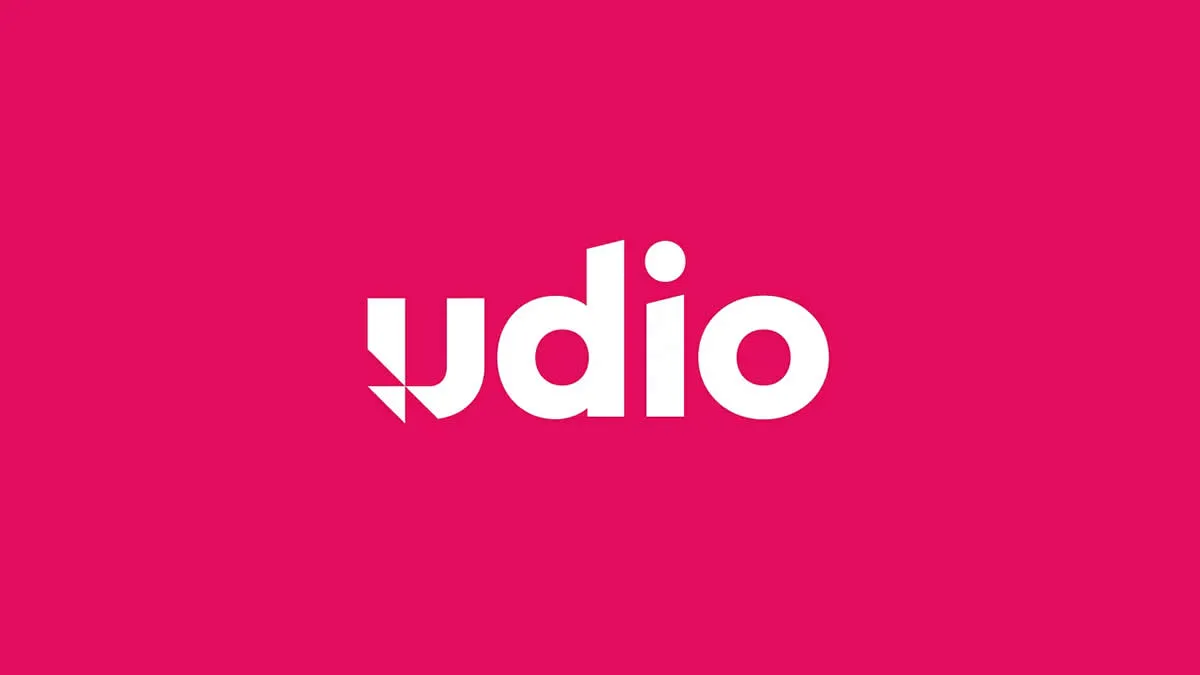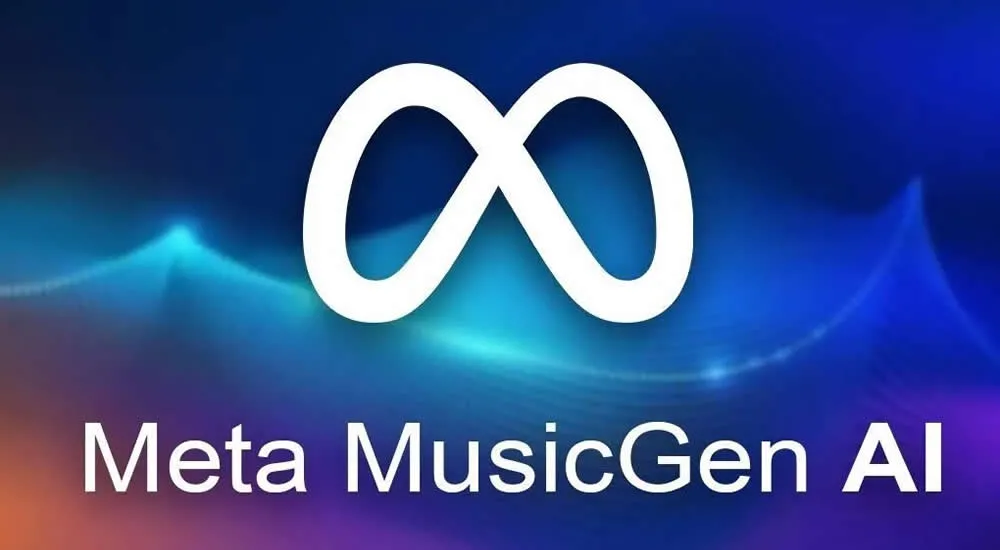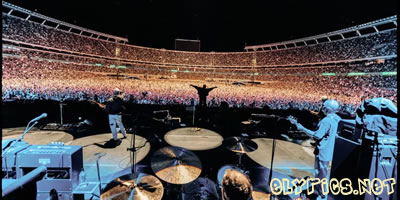The last two years have turned music production into something thrillingly democratic. Powerful text-to-music and lyric-generation models now translate a few well-aimed prompts into radio-ready hooks, orchestral swells, and fully structured songs. What once demanded a studio, session players, and days of tracking can be prototyped in minutes. Creators sketch melodies on the subway, refine verses at lunch, and publish before dinner. Labels watch in equal parts curiosity and panic as bedroom producers mint micro-genres—hyperpop ballads, cinematic trap, vapor-folk—on platforms that didn’t exist a semester ago. None of this replaces musicianship. But it absolutely reshapes the pipeline: ideation → prompt → iteration → arrangement → mix/master → release.

Of course, speed without taste is noise. The winners in this new era build workflows that pair human ears with machine efficiency: human-crafted prompts, reference tracks for style conditioning, and ruthless editing of AI outputs. They also keep their projects clean and transparent for collaborators, using an AI checker once in the process—not to sterilize the art, but to document provenance, catch low-quality artifacts, and avoid accidental cloning of living artists. When you combine good taste with these new tools, you get something compelling: songs that feel modern but not mechanical, and lyrics that carry the pulse of real experience rather than generic filler.
The Big Three: Today’s Best AI Music & Lyrics Creators
Suno: End-to-End Songwriting in the Browser
Suno rocketed to mainstream visibility by offering a one-box experience: type a prompt and receive a mixed, radio-style track with verses, chorus, and a convincing vocal—often in minutes. Under the hood, Suno leans on a proprietary, large-scale audio language model trained on paired text–audio data. The pipeline typically involves discrete audio tokenization (think EnCodec-style quantization), transformer architectures for long-context modeling, and a neural vocoder to render lifelike timbres at the end.

Prompting can include genre, BPM feel, instrumentation, mood adjectives, and even era cues (“early-2000s alternative rock,” “’90s R&B slow jam”). For lyrics, Suno couples a text generator with prosody alignment so syllables land where the rhythm wants them. Power users iterate quickly: seed a verse, regenerate the chorus, lock the bridge, then upscale or extend. Safety rails reduce obvious sound-alikes, and reference-style prompting nudges the AI toward “inspired by” rather than “identical to.” In short, it’s a studio in a tab: fast drafts for artists, content teams, and soundtrack editors who need ideas that already sound finished.
Udio: Producer-Grade Control and Clean Mixes
Udio’s appeal is control. Where some tools deliver a single glossy bounce, Udio courts producers who want stems, structure, and detailed revision passes. While the company keeps architecture details close, it’s widely understood to use a proprietary stack built around transformer sequence modeling on discrete audio tokens, with conditioning for genre, instrumentation, and vocal character. The experience feels like collaborating with a meticulous co-producer: specify “intro: 8 bars pad + vinyl crackle; verse: intimate female vocal; chorus: wide harmonies + side-chained bass,” then render and punch in updates where needed.

Lyric-wise, Udio emphasizes meter and rhyme density; you can steer voice, diction, and emotional temperature while keeping a consistent narrative across sections. Teams love it for social snippets because the first pass often needs only light EQ and a limiter before it’s ready for reels, teasers, or podcast beds. It’s also strong at “style transfer” in spirit—capturing aesthetics without carbon-copying any one artist—making it friendly for brand work and sync briefs.
MusicGen (Meta): Open Weights, Deep Tweaks
Unlike fully closed systems, Meta’s MusicGen gives builders something priceless: open research, reproducible baselines, and a community of tinkerers. MusicGen models a sequence of audio tokens in a transformer decoder rather than running diffusion steps; conditioning can include text prompts and melody guidance, and the stack commonly pairs with a neural codec (e.g., EnCodec) for efficient audio tokenization and reconstruction. For lyricists, it’s easy to bolt MusicGen onto your favorite large language model so the LLM drafts verses and the audio model handles performance and arrangement.

Because it’s hackable, you’ll see custom forks for longer context windows, fine-tuned genre packs, or experimental training recipes that favor specific instrument families. That openness matters for startups and indie developers who want to build tailored tools—lo-fi generators for journaling apps, melodic sketchpads for guitarists, or educational tools that show how chord changes shape mood. MusicGen may require more setup than a consumer web app, but the payoff is surgical control and a thriving ecosystem.
Social-Media Moments: Best AI-Made Songs Right Now
In the current wave of AI-assisted music, a handful of tracks keep resurfacing across TikTok and Reels because they blend recognizable pop instincts with inventive AI-driven textures. They aren’t just novelties; they’re sticky, hook-forward records that editors use for breakup reels, late-night city cuts, and story-time voiceovers. Sadie Winters – “Walking Away” circulates as a moody indie-pop vignette with a soft, breathy topline and a chorus that lands clean on phone speakers; Milla Sofia – “What You Broke” (from a virtual persona) rides glossy electro-pop drums and a synthetic yet emotive lead, pairing AI-written verses with a human-leaning delivery; and 50 Cent — “Many Men” (AI Soul Cover) reimagines the rap classic as a smoky soul slow-burner, leaning into gospel-style backing harmonies and vinyl-warm instrumentation that cut beautifully beneath reflective montage edits.

- Sadie Winters – “Walking Away” — melancholic indie-pop feel; intimate vocal, cinematic chorus; popular for breakup/reflective edits.
- Milla Sofia – “What You Broke” — virtual-artist electro-pop; polished drums and catchy topline; trending in fashion/tech aesthetics clips.
- 50 Cent — “Many Men” (AI Soul Cover) — classic reinterpreted as soul; slower tempo, gospel-tinged harmonies; used for nostalgic montage reels.
Building a Pro Workflow (That Doesn’t Sound AI)
To get human-level results, treat the model like an assistant, not a magician. Start with a mood board and a sonic brief: tempo range, drum feel, harmonic color (e.g., minor 7th lean), lyrical point of view, and reference instruments. Use short, concrete prompts: “warm tape pad,” “plucked analog bass,” “close-mic female vocal, breathy, intimate,” “late-2000s indie-rock snare.” Lock the strongest section first—often the chorus—then iterate verses until the narrative arc lands. When the bounce works, export stems and finish inside your DAW. Add your personality where AI falls short: transitional ear candy, performance nuances, and arrangement surprises (e.g., a bar of 2/4 before the last chorus). Finally, keep a simple audit trail of sources, prompts, and revisions, both for your collaborators and for future licensing conversations.
Ethics, Legality, and the Line Between “Inspired” and “Imitation”
Most serious creators now operate with a few ground rules. Avoid prompts that name living artists; instead, describe attributes (“gritty baritone,” “airy falsetto,” “jazzy seventh chords”). Credit writers and vocalists if you iterate on their lines. Keep session files and timestamps. If a track “feels too familiar,” rewrite that section; it’s faster than a takedown notice. When collaborating with brands or clients, be explicit about which parts are AI-assisted and which are hand-performed. The goal isn’t to hide AI; it’s to make art that stands on its own—even if a machine helped with the scaffolding.
Conclusion: The Human Hand on the Fader
AI isn’t replacing the goosebump moment when a line hits harder than expected or a chord change lifts the room. It’s just moving that moment closer to your fingertips. Suno gives you end-to-end speed, Udio hands you producer-grade control, and MusicGen opens the toolbox for builders who want to customize the engine itself. The best results come from taste, not tricks: specific prompts, iterative editing, and finishing touches in a DAW. If you lead with story and intention, these systems become amplifiers of your voice rather than substitutes for it. And when that chorus finally clicks—rolling out of your speakers with the right words and the right color—you’ll remember: the software drafted it, but you made it sing.




























